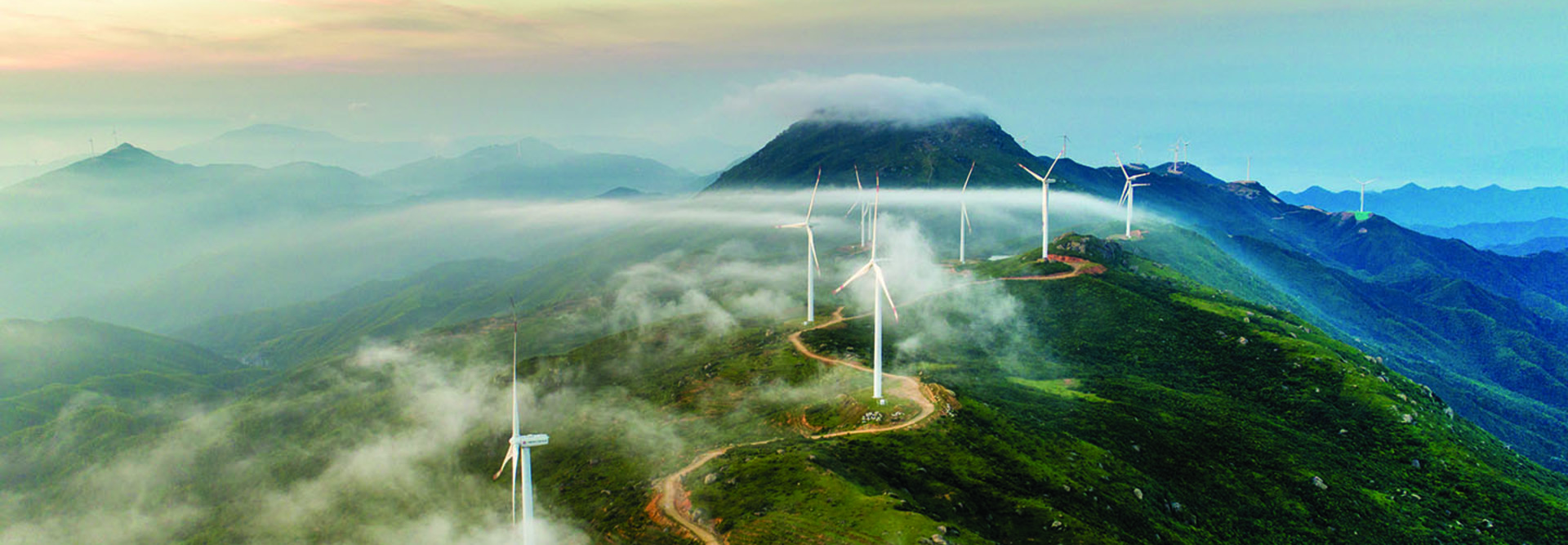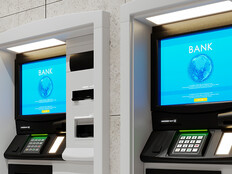Fog Helps Make Remote Decisions Quickly
Cloud computing still generates confusion, with some workers certain this distributed resource resides in the sky. Despite its inaccuracy, the comparison is useful for energy sector modeling: The relative distance of large-scale cloud networks to offshore rigs or remote power plants puts them similarly out of reach.
For companies to capture and process data on demand, they need a way to keep compute tasks closer to home. One solution is edge computing, which effectively offloads small tasks onto Internet of Things devices, allowing them to selectively send or discard data points based on preprogrammed rules. Fog computing moves the focus outside devices but grounds it near IoT networks, providing a platform to aggregate data from multiple devices and then make intelligent decisions.
For example, if connected sensors report a consistent increase to power plant core temperature, fog networks can direct safety measures to engage and then send a report back to cloud servers to prompt further action. Without fog, decision time is slowed — and in the case of failing equipment or emergent environmental concerns, this could have disastrous effects.
Delivering Data in the Growing ‘Internet of Types’
The term “fog computing” was originally coined by Cisco. The company recognized that as growing numbers of IoT devices created “an unprecedented volume and variety of data,” the delay between acquisition and action meant “the opportunity to act on it might be gone.”
This becomes especially problematic as the number of connected devices skyrockets; already, these devices generate more than 2 exabytes of data per day. Add in the expanding range of device “types” — everything from connected cameras and wireless access points to machine controllers and temperature sensors — it becomes critical for energy companies to both aggregate and analyze disparate data at speed.
And despite its ability to handle large data volumes at scale, the cloud simply can’t keep up. Tackling the Internet of Things to deliver reliable, real-time information demands a middle ground.
MORE FROM BIZTECH: Read why the ability to change may be the most valuable IT skill.
The Cost Benefit of Fog
Along with the ability to analyze data onsite and increase decision-making speed, fog solutions also offer benefits in scale and scope.
Fog computing offers substantive cost benefits over typical clouds when it comes to data transmission, computing, data storage and power consumption at scale. And according to work from the Department of Information Engineering and Telecommunication at the Sapienza University of Rome, Big Data analytics “can be done faster and with better results” across geographically diverse networks by using fog computing. In addition, fog computing naturally supports heterogeneous devices, allowing companies to unify disparate sensor and monitoring data at speed.
Leveraging these advantages is critical to realizing the long-term benefits of fog computing: SCADA networks, mobile endpoints and storage resources, all connected to a middle-ground fog network capable of both taking action on demand and facilitating the downstream benefits of Industry 4.0 in the cloud for energy organizations.











